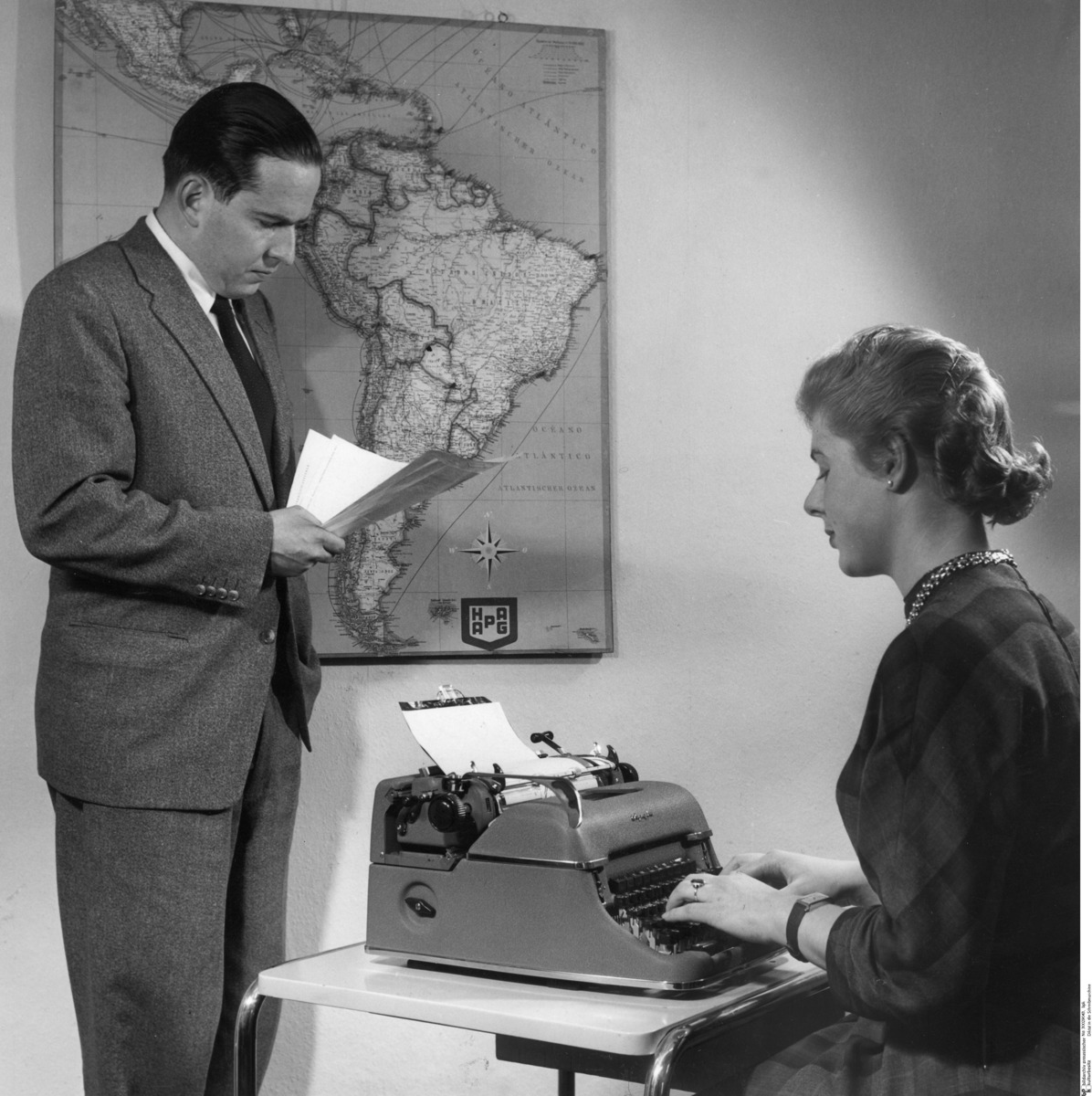Abstract
During the war and in the immediate postwar period, women filled the jobs of men who were fighting, had been killed, were missing in action, or were being held as POWs. In the late 1940s, though, the return of these prisoners of war and the integration of ethnic German, especially male, expellees into the labor market forced many women out of their positions. At the same time, traditional conservative ideas about gender roles provided a foundation for reinstating traditional models of marriage and the family and for restoring some sense of “normality.” In addition, efforts were made to distinguish between male and female occupations. The position of secretary was, for example, viewed as a typical women’s job. The disproportionately large number of women in administrative and office jobs showed that these socially constructed gender roles had real consequences for the labor market: women made up 35.9 percent of the total workforce in 1954, but they accounted for 56.5 percent of workers in such professions. Even in cases when women held the same positions, they were often not paid the same as men, either because their work was not considered as good or valuable or because of the bias that a man had to earn a family wage whereas as woman was presumed to be part of a man's family.
